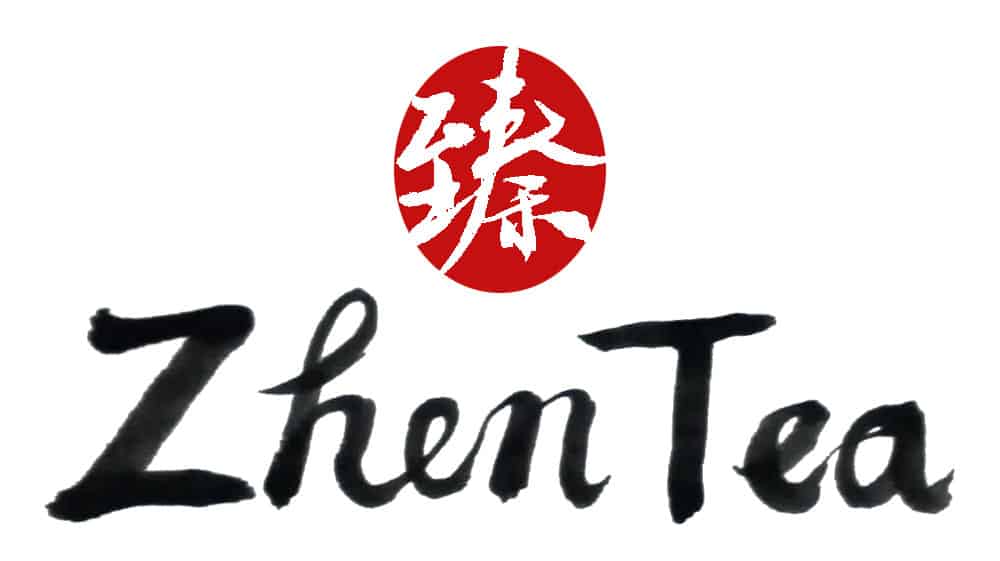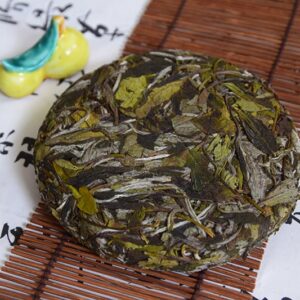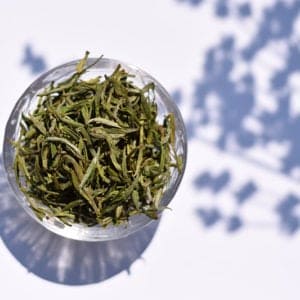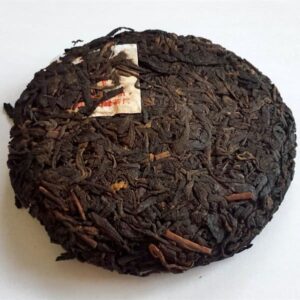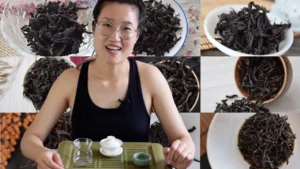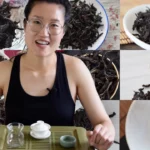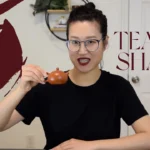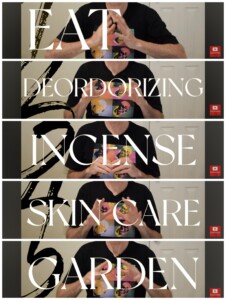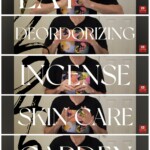Skills for selecting tea
First look at the dry leaves, then the liquor, and last but not the least, the brewed leaves. These are the basics of selecting tea. However, not everybody has professional knowledge about tea, so here is an easy alternative – the single brew method, which is very helpful for choosing a tea that will suit you.
The look of the dry leaves, the vibrancy of the color, the height, depth and purity of the aroma, the richness and thickness of the taste, these are appraisal standards for experts. But for an everyday tea drinker, good tea should not be too bitter or astringent, and should be long lasting. So when selecting teas always remember that your own taste is the only judge.
SIP ALONG with
The single brew method – a great way to tell tea quality
Put 3g of tea leaves in a 150ml vessel, taste the tea after infusing it for 5-10 minutes to see if the taste is acceptable.
Take a spoon and observe the liquor. If it’s murky, it means the kill green was insufficient. If the taste is thin, it might be because the material was plucked too early or the oxidation was insufficient. If the firing is too much, then the leaves are burnt, yellow and broken. Good liquor is bright and thick, depending on the type of tea and the process, it can range from light yellow to honey yellow to gold yellow.
Lastly, smell the liquor. Good tea has a lingering aroma, even after the liquor has cooled. The principle of brewing when selecting tea is to use less leaves, more water and a longer steep. This way, the merits and shortcomings of the tea will show themselves.
If the tea has a bright and full aroma, a rich and thick taste, no bitterness or astringency, great hui gan (return sweet), and a decent price, what are you waiting for, snap it up now!
-
Bai Mu Dan Cake 2018
Price range: $14.00 through $42.00 -
Guzhu Zi Sun – Ming Qian
Price range: $31.00 through $120.00
The amount of tea
People from different places have different tastes. Even those who are from the same place have different preferences. There is no strict rule on how much leaf to use for brewing, it all depends on the drinkers. For example, in the north people don’t drink oolong tea gongfu style. Instead, they brew it like jasmine green tea, putting a few leaves of oolong in a porcelain teapot. The resulting tea is totally fine.
Tou cha liang (tea amount) means the tea leaves to water ratio. If brewed in a cup, the tea to water ratio is usually 1:50, keeping in mind the cup will only be 70-80% full. When brewing with a teapot, tou cha liang depends on the tea types. If it’s Tie Guan Yin, it’s about ¼ – ⅓ of the teapot. If it’s Wuyi Yancha, it’s usually ½ – ⅓ of the teapot, and sometimes it can be 80% of the teapot. When brewing pressed teas, tou cha liang needs to be slightly less, around ⅕ – ¼.
Regional factors also play a part in the amount of tea used to brew. The diet in places such as Tibet, Xinjiang and Inner Mongolia is mainly meat, and not much vegetables, so tea has become a life essential. The people here like strong tea and hence use more leaves. Jiangsu, Zhejiang and neighbouring provinces usually drink Long Jing or good quality green tea. They mostly use small porcelain or glass cups generally using less tea per sitting. In Yunnan, Guizhou, Guangdong and Fujian, people drink partially oxidized or fermented tea like Wuyi yancha and Pu’er. Though the brewing vessels of these teas are small, the tou cha liang is relatively big.
The key to tou cha liang is the tea to water ratio. When tou cha liang is big, then the brewing time should be short. If Tou cha liang is small, then the brewing time should be longer. At the same time, if the water temperature is hotter, the brewing time should be shorter, while tea brewed with lower temperature requires longer brewing time. If you’re just starting to drink tea, feel free to try out different combinations until you find your own personal brewing standard.
-
Old Tree Sheng Pu’er 2017
$25.00 -
Old Tree Shu Pu’er 2017
$25.00
